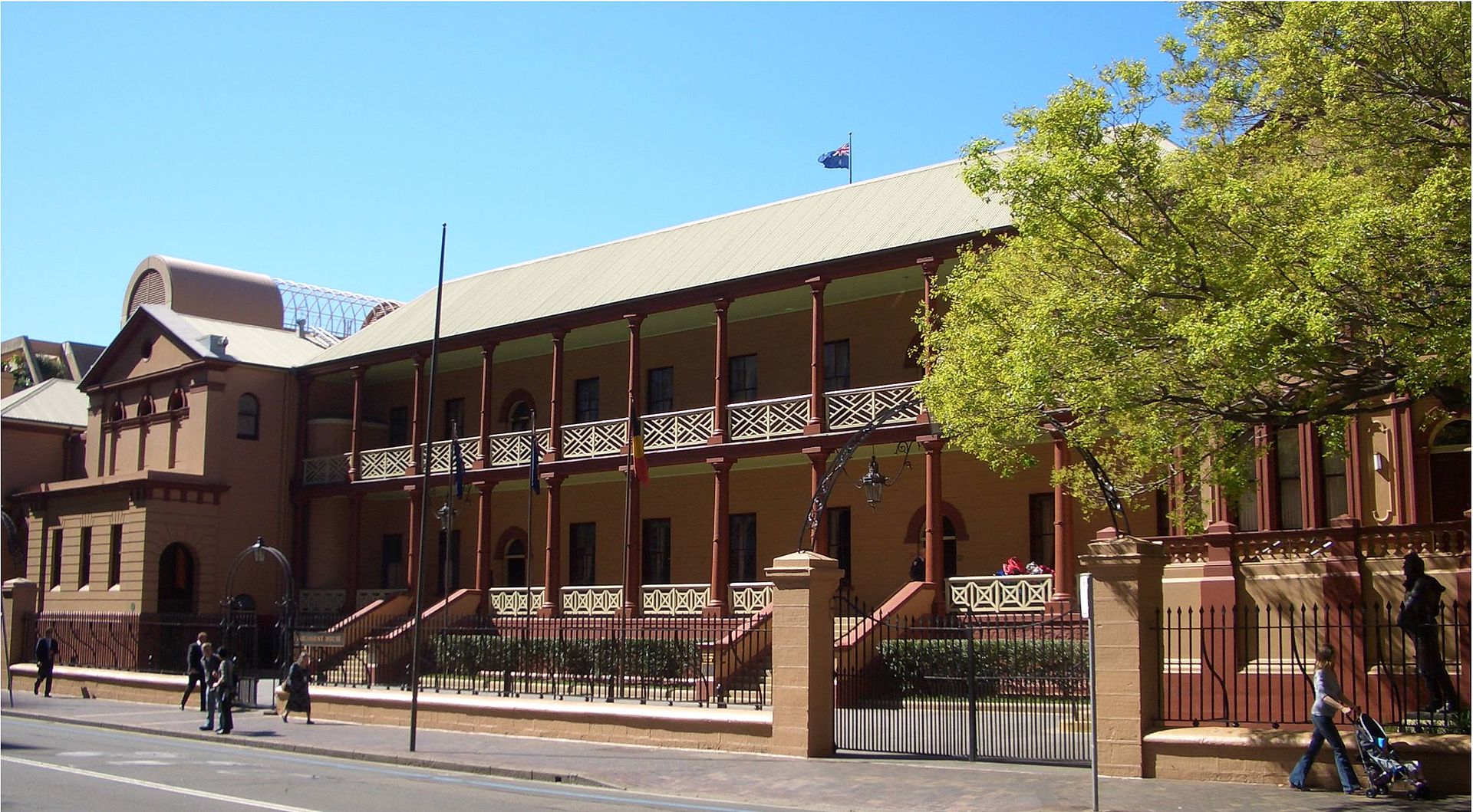Thousands of extra aerial baits for wild dogs are being deployed across northern South Australia in response to damage caused to the Dog Fence during recent heavy rainfall.
More than 250 kilometres of the Dog Fence between Coober Pedy and the Ikara/Flinders Ranges has sustained damage with a total of 2,000 baits deployed in response to ensure wild dogs don’t migrate south. A barrier of baits has been deployed to stop wild dogs slipping through an estimated 40 storm damaged breaches of the dog fence.
Minister for Primary Industries and Regional Development David Basham said recent heavy rainfall has caused widespread damage across northern South Australia.
“Unfortunately, the Dog Fence has sustained some damage from the recent rainfall event across northern South Australia and the extra aerial baiting will help protect our livestock industry from the scourge of wild dogs while repair work is undertaken,” Minister Basham said.
“Wild dogs rip nearly $89 million a year from the Australian economy with South Australian producers losing more than 20,000 sheep to wild dogs in 2018 alone.
“The Marshall Liberal Government has a multi-pronged approach when it comes to tackling the issue of wild dogs, the additional baiting efforts complement our historic $25 million rebuild of the South Australian Wild Dog Fence as well as our trapping and bounty programs.
“While the floods washed away parts of the old Dog Fence and eroded tracks along it, fortunately the new Dog Fence has withstood the flood waters, suffering minimal damage. Three professional wild dog trappers are ready to swing into action and as soon as allowed they will be deployed to fix the fence in affected regions when access is restored.”
South Australia has also become the first jurisdiction in the country to legislate state-wide baiting standards for wild dogs.
As part of new control measures, Minister Basham said the development of the new baiting standards, the result of extensive consultation, removes historic barriers to controls and enables the strategic targeting for removal of wild dog safe havens and breeding areas.
“Developing the new baiting standardsare another tool in the management of wild dogs to support the growth of our $4.3 billion livestock sector,” Minister Basham said.
“Safe havens have traditionally created refuges and breeding opportunities for wild dogs, undermining the efforts of neighbouring properties with their wild dog control operations, potentially leading to tensions within the community.
“With these new standards including mandated baiting, including areas previously identified as safe havens, it has enabled a strategic reform that provides the necessary lever for enforcing compliance when needed across the state.”
New standards are as follows:
Region 1 (vast areas inside the Dog Fence from the far west coast to the NSW border): irrespective of wild dog activity, all landowners must lay one lethal bait per kilometre of vehicle track in autumn and in spring. If wild dog activity is observed, landowners must report it to the local landscape board and lay one lethal bait per 200 metres of vehicle track within 10 kilometres of the activity.
Region 2 (Robertstown to Hawker and areas surrounding Ceduna): if wild dog activity is observed, landowners must report it to the local landscape board and neighbouring properties. The landowner and landowner of neighbouring properties must lay ten lethal baits per 100 hectares of land, or one bait per 200 metres of established track.
Region 3 (Ngarkat Conservation Park and surrounding areas): if wild dog activity is observed, landowners must report it to the local landscape board and neighbouring properties.
- Within Ngarkat Conservation Park – owners must enact the baiting plan, which includes baiting four times per year at specified intervals
- Outside of Ngarkat Conservation Park – the landowners and landowners of neighbouring properties must lay baits at 500-metre intervals along all vehicle tracks.
Region 4 (all other areas inside the Dog Fence, excluding Kangaroo Island): If a landowner becomes aware of wild dog activity, they must report it to the local landscape board and to neighbouring landowners, then comply with instructions from the board.
Region 5 (35-kilometre buffer of land running along the outside of the SA Dog Fence): Irrespective of evidence of wild dog activity, all landowners in this region must lay a minimum of 10 baits within a 10-kilometre radius of each man-made, active water point in autumn and in spring.
For more information on wild dog baiting standards including a map visit www.pir.sa.gov.au/wild-dog







